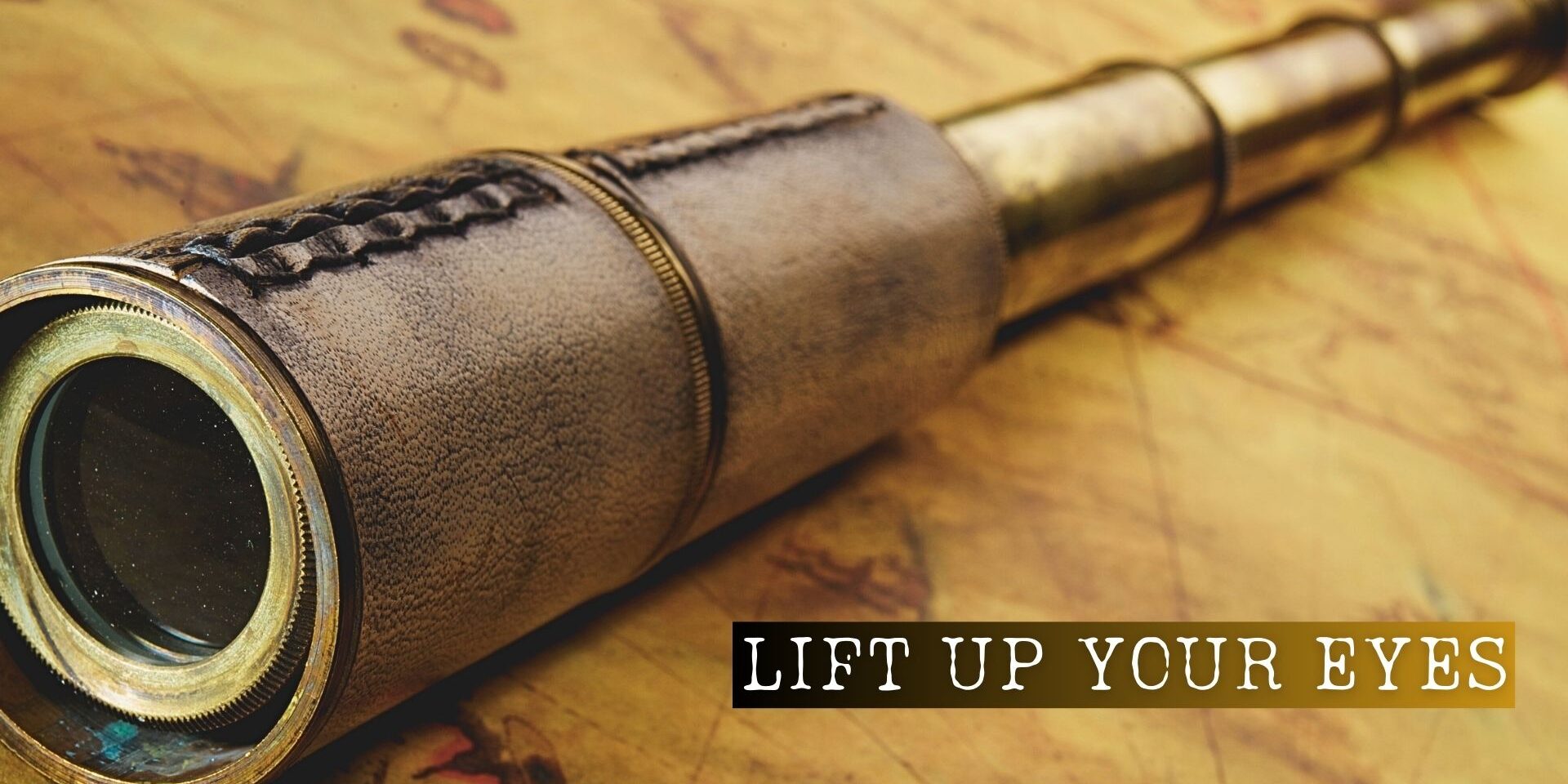LIFT UP YOUR EYES
Read also, A Word for the Ages
It was a difficult season.
Called by God to leave his country, his people, and his father’s household in obedience to God, Abram found himself in the Negev Desert together with his wife, Sarah, and their extended family including his nephew, Lot.
Yet, according to Genesis 13:6, 7,
“The land could not sustain them while dwelling together, for their possessions were so great that they were not able to remain together. And there was strife between the herdsmen of Abram’s livestock and the herdsmen of Lot’s livestock.”
In order to end the infighting, Abram gave Lot a choice:
“Is not the whole land before you? Please, I pray, separate from me: if you go to the left, I will go to the right; if you go to the right, I will go to the left.’ ...So, Lot looked out and saw that the entire plain of the Jordan was well watered (and chose it) for himself (and) they separated from each other.” (Genesis 13:9–11)
Wait a minute—It seemed Abram had been misguided. Since Lot chose for himself the better part of the land, Abram was forced to move his family into the mountains. Therefore, Abram was discouraged. In that moment, a significant wave of doubt would have surely flooded his mind.
The journey to date had not at all been easy. Blessings and promises remained unfulfilled. There were tribal disputes—Family had left him. Perhaps Abram felt foolish to have risked all that he had for only a promise of what might be someday.
Following the departure of Lot, Abram would have felt abandoned and alone. Not surprisingly, it was right then that God drew near, led Abram to the top of a mountain, and challenged him not to give into fear or doubt:
“The Lord said to Abram, after Lot had separated from him, ‘Now lift up your eyes and look from the place where you are, northward and southward and eastward and westward; for all the land which you see, I will give it to you and to your descendants forever.” (Genesis 13:14–15)
Think about it—When we lose hope, it often shows in our eyes, face, and posture. So, God encourages Abram to lift up his eyes because Abram was looking down. Then, by asking Abram, “How far can you see?” God inspired him to look beyond present circumstances to the future with hope... To set aside lingering fear or doubt and press on in faith.
So, how about you?
In pursuit of a healthy multiethnic and economically diverse church, are there times you feel abandoned or alone? In recent years:
- Have you felt misunderstood or misjudged?
- Have people left your side, called you crazy, and returned to more comfortable homogeneous churches?
- Has fear of failure flooded your mind?
- Have you considered giving up and retuning to more familiar vocational territory?
The fact is, you’re not crazy or alone! With the release of the groundbreaking book, Divided By Faith (2001) God launched a 100-year Movement that is bringing diverse people together to walk, work, and worship Him as one in local churches beyond the distinctions of this world that otherwise keep us divided.
Short of Christ’s return, history will someday recognize the Multiethnic Church Movement as the single greatest development that affected Kingdom advance in the entire 100 years of the 21st century. How so? Given globalization, continued proclamation of the Gospel from segregated pulpits and pews undermines its credibility as well as the credibility of the church. So reformation is underway as God’s not about to let that happen.
In 2025, pioneers and practitioners like you will again gather to consider progress to date and what lies ahead, beyond this significant milestone, Get tickets and plan now to join 1,200+ pastors and ministry leaders at Mosaix’ 6th National Conference, November 11-13, 2025, in Dallas, TX. Indeed, come be inspired, challenged, and equipped to lift up your eyes—
How far can you see?

